If you are growing cannabis outdoors, one of the most common pests you might encounter is caterpillars. These little critters can quickly damage your plants by eating leaves, stems, and buds, which can severely impact your harvest if not addressed promptly.
In this article, we’ll guide you through how to recognize the signs of caterpillars on cannabis plants, explore natural and effective control methods, and share practical tips to prevent infestations. Whether you are a beginner or an experienced grower, understanding how to manage caterpillars on cannabis is essential to protecting your crop.
Caterpillars are the larval stage of butterflies and moths, and they are known to be one of the most damaging pests for outdoor cannabis cultivation. These pests feed voraciously on cannabis leaves, stems, and buds, causing significant damage that can reduce the quality and yield of your crop.
Common types of caterpillars affecting cannabis include stem borers like the corn borer and hemp borer. These caterpillars not only eat the foliage but can also tunnel into the stems, weakening the plant’s structure and making it vulnerable to other pests and diseases.
Recognizing the presence of caterpillars early is crucial. Signs include chewed leaves, holes in stems, and small black droppings on the plants. Ignoring these signs can lead to severe infestations that are harder to control and more damaging to your cannabis crop.
Several types of caterpillars can cause damage to cannabis plants, each with distinct behaviors and impacts. Understanding these pests helps in identifying and managing infestations effectively.
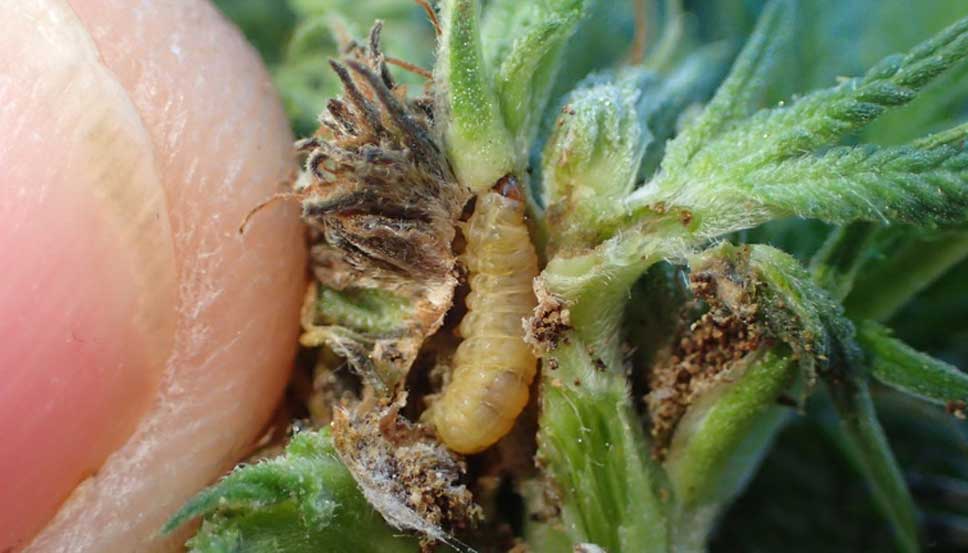
Recognizing the specific type of caterpillar infesting your cannabis plants can guide you to the most effective control strategies and minimize crop loss.
Detecting caterpillars on your cannabis plants early is key to preventing serious damage. Some common signs of infestation include:
Regularly inspecting your cannabis plants, especially under leaves and around stems, will help you catch caterpillar infestations before they become severe. Early detection makes control methods more effective and reduces crop loss.

Managing caterpillars on cannabis plants can be done effectively using natural and organic methods that protect your crop without harmful chemicals. Here are some proven strategies:
These natural control methods not only help keep caterpillar numbers down but also promote a healthy growing environment, encouraging beneficial insects and reducing chemical use.
Prevention is the best strategy to keep caterpillars from damaging your cannabis plants. Here are some effective preventive measures:
Implementing these preventive steps helps minimize the chances of caterpillar infestations and keeps your cannabis crop healthy and productive.
Managing caterpillars on cannabis is essential for protecting your plants and ensuring a healthy, productive harvest. By learning to identify early signs of infestation and using natural control methods like beneficial insects and neem oil, you can effectively reduce damage without harmful chemicals.
Prevention through regular monitoring and maintaining a clean growing environment is your best defense against these pests. Whether you’re a beginner or an experienced grower, understanding how to manage caterpillars on cannabis will help you safeguard your crop and maximize yields.
Stay vigilant and proactive to keep your cannabis plants thriving free from caterpillar damage.



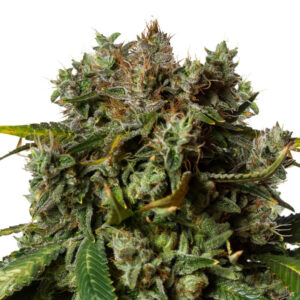

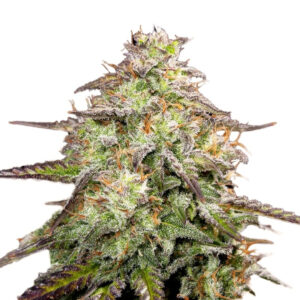







Related Posts
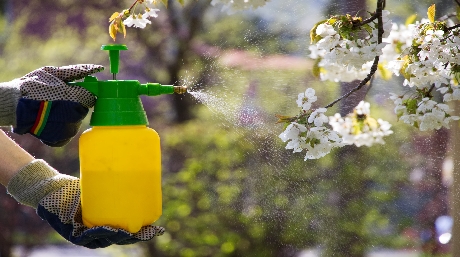
Often times we hear about the dangers of ingesting pesticides and chemicals So, the idea of smoking, juicing, baking, or vaping marijuana treated with poisonous substances should also set off red flags. In fact, many chemicals used on marijuana plants are intended only for lawns and other plants that are not meant to be ingested.

Like us, plants need nutrients to live. So do your weed plants. The crop requires nutrients to germinate, vegetate, flower, and fight off pests and diseases. We have several kinds of crucial nutrients that your weed crop needs. The nutrients are classified into macronutrients and micronutrients.
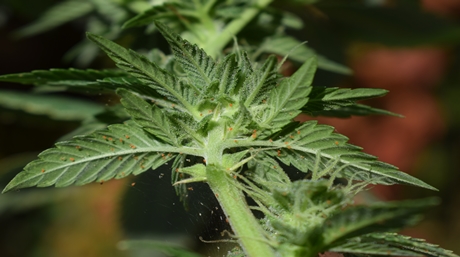
Spider mites are a disaster wrapped up in a tiny (they re a mere 1/50th inch) package with eight legs. They re not actually considered an insect, instead, they re considered arachnids like spiders and they re related to ticks and mites. They re oval bodies can be green, yellowish orange. The two-spotted spider mite will have, obviously, two dark spots on it s back. It s body is slightly transparent. They get the name “spider mite” from the web that they spin on your plants.Spider mites have ninja-like qualities as they creep up on you unnoticed until suddenly you see thousands devouring your plant.